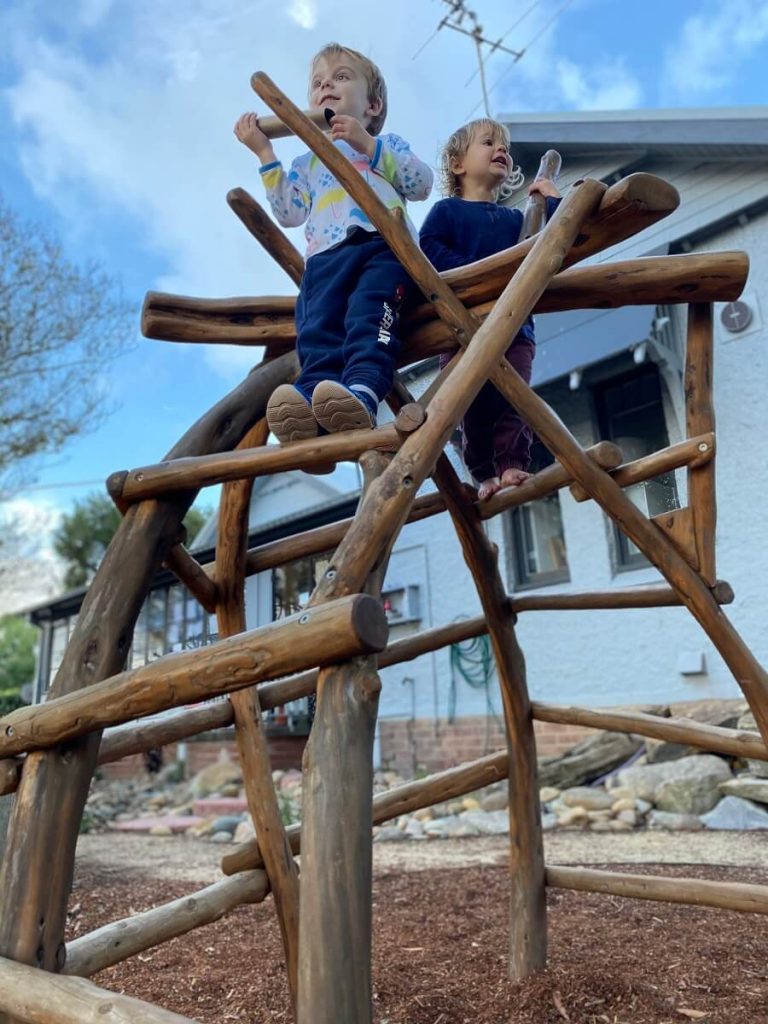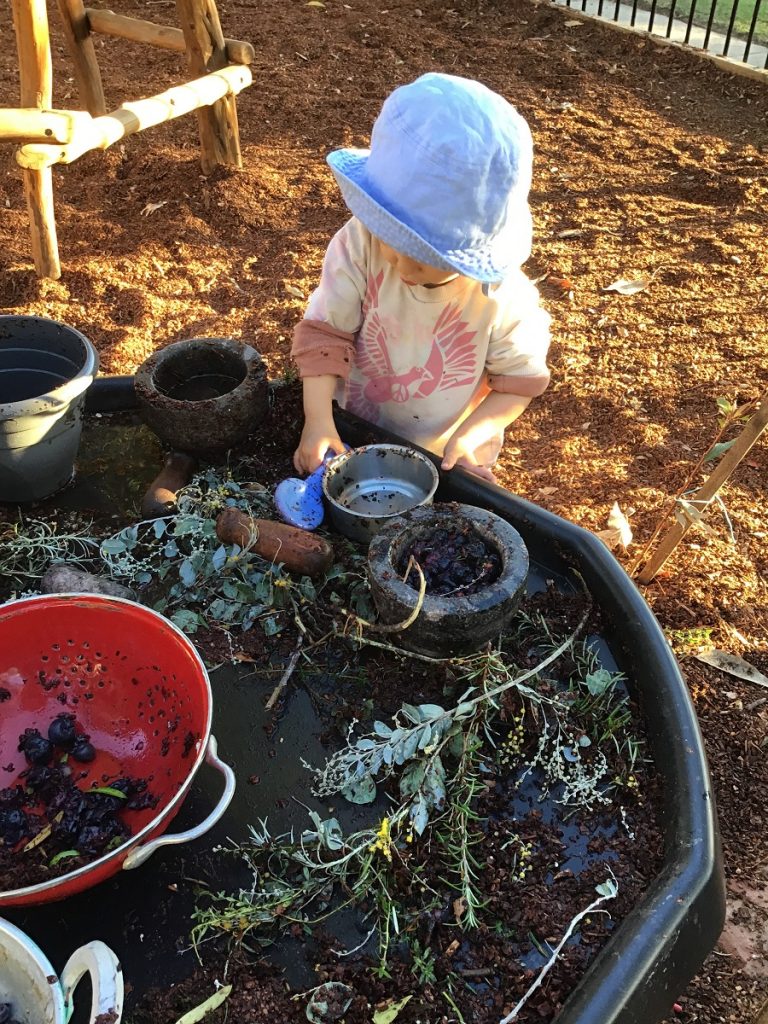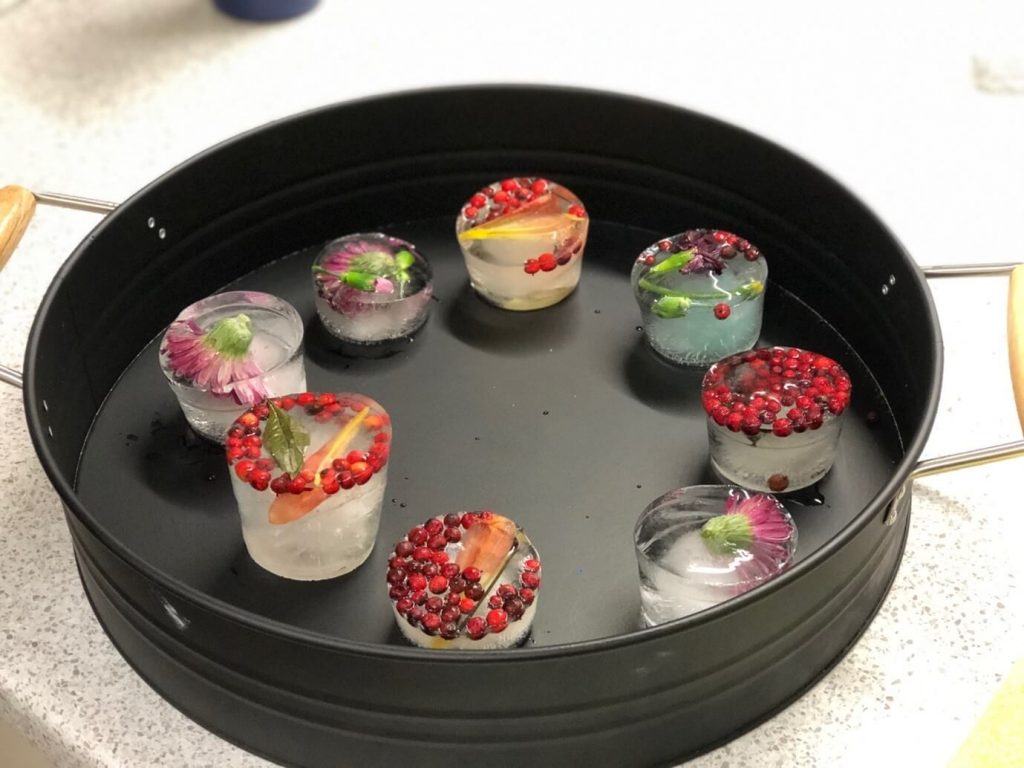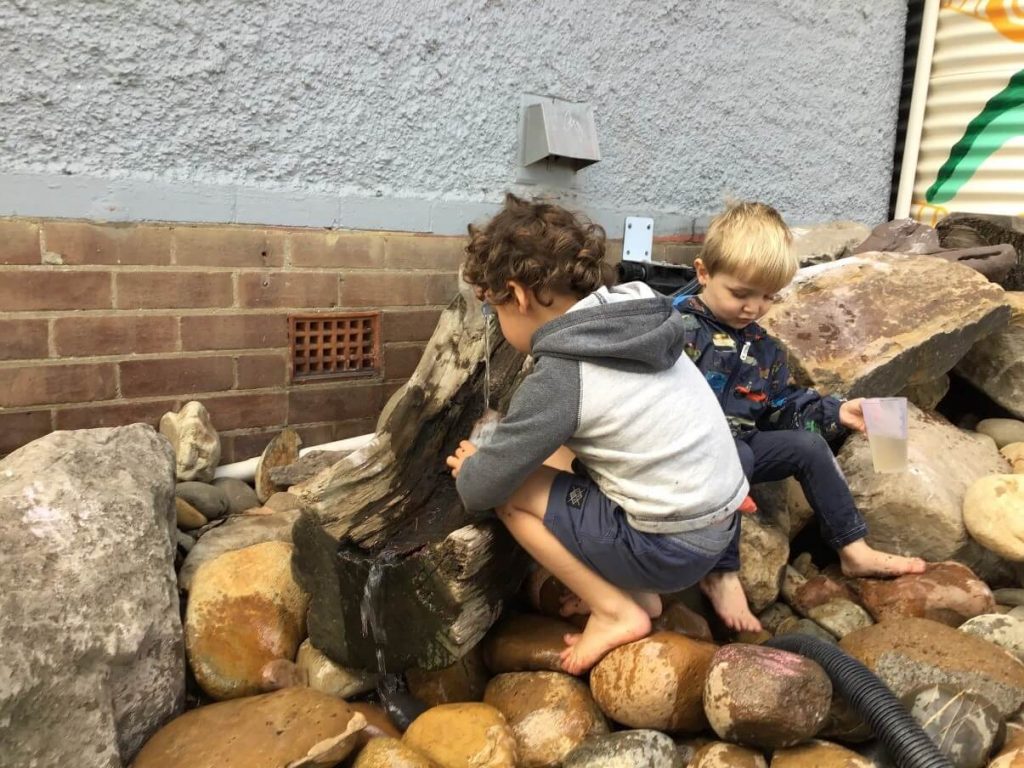Play based learning is a fundamental aspect of our approach to helping children develop and grow. It puts them in charge of their learning and allows them to follow their interests.
Risky Play
“By providing the opportunities for children to manage their own risks in a controlled environment, they will learn vital life skills needed for adulthood, and gain the experience needed to face the unpredictable nature of the world” (Gill, 2007)
We strongly believe risky play is an invaluable part of childhood. When given the opportunity, children are competent and capable of making decisions about their risk taking in play. Our educators believe that it is not only possible, but essential to balance safety with risk, providing environments that are as safe as necessary rather than as safe as possible.
Our natural, child-led environments provide opportunities for children to manage their own risk across six main areas including engaging with heights, speed, impact, rough and tumble play, real tools, and dangerous elements. Children are afforded opportunities to safely use real tools and engage with elements such as fire and water. Regular community walks and excursions also support children to self-assess risk in multiple environments around our community.
Research into children’s risky play has suggested many benefits for their development and learning, including increased motor competence; improved general health; an increase in physical activity; higher ability to assess risks and handle risk situations in an appropriate way; and positive psychological outcomes.


Loose Parts
This play has its roots in the principles of the ‘Theory of Loose Parts’ expounded by Nicholson (1972). Nicholson proposed that:
“…in any environment, both the degree of inventiveness and creativity, and the possibility of discovery, are directly proportional to the number and kind of variables in it.” Nicholson, 1972 , p. 6.
At Hamilton Child Care Centre we design our environments with this theory in mind to optimise each child’s creativity and engagement. These materials act as a catalyst for children’s big ideas and allows them to learn about what things are and how they work.
Providing moveable materials and equipment within learning environments invites children to engage whilst often requiring little or no adult direction. Open-ended, portable and able to be used in multiple ways, when children are provided with time to explore, these materials encourage flexibility in thinking, problem solving and the development of inquiry-based skills.
When engaged in loose parts play, children are afforded opportunities to further develop their language, physical, social and creative processes, not always focusing on an end product. There are countless possibilities, and each child will bring their own background knowledge and experiences that will influence the play and learning for all involved.
Educators support loose parts play by providing the raw materials for children to engage with such as sticks, rocks, pavers, crates, rope, pipes, recyclable materials. These open-ended materials allow children the freedom to express their thinking in limitless ways.
Schema Based Learning
Children learn about the world around them through repeated patterns of action and behaviours. This form of play affords the youngest child through to the oldest the ability to show their developing understandings as they engage and explore with various materials.
There are nine different types of schema play that are supported in our environments through loose parts and materials being available for exploration and investigation.
Trajectory – creating lines in space by climbing up and jumping down. Dropping items from up high.
Positioning – lining items up and putting them in groups.
Enveloping – covering objects of myself completely or wrapping objects or placing them in containers.
Rotating – spinning items or running around in circles or being swung round.
Enclosing – adding boundaries to play areas e.g. fences around animals. Adding borders to pictures.
Transporting – carrying or moving items from one place to another; carrying items in containers or bags.
Connecting – setting out and dismantling tracks, constructing, joining items together.
Transforming – exploring the changing states of materials, transforming them from a solid to liquid state and back again.
Orienteering – an interest in positioning themselves or objects in different places or positions e.g upside down or on their side.


Enrolling now for 2022
